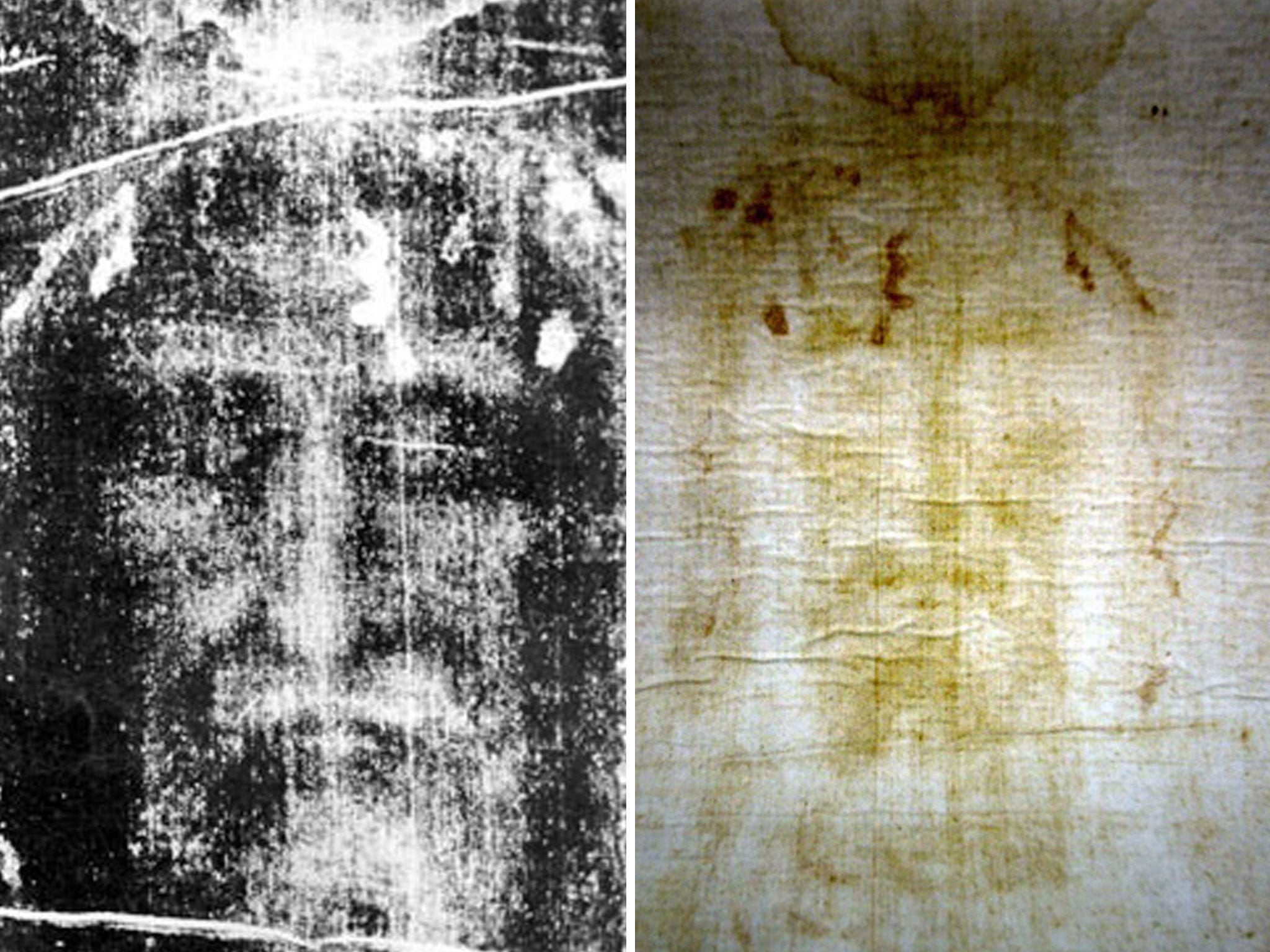

Jesus was crucified in Jerusalem during the Passover in the Spring of c. Twenty-seven of the identified plants are in bloom in March and April. Many would have been growing along the roadside or in nearby fields and could have been gathered to honor the dead man. All twenty-eight of the flowers would have been available in Jerusalem markets for fresh and burial bouquets. Christ of Saint John of the Cross-Dali, 1951Īs was the Jewish burial custom in the time of Jesus, most of the flowers were clustered around the head and chest of the man on the Shroud. Half of the floral images and pollen grains from the plants are found only in the Middle East or other similar areas but never in Europe, the favored location of the forgery of the Shroud. Gundelia tournefortii, Zygophyllum dumosum, Cistus creticus, Capparis aegyptis). Avinoam Danin Pollen grains on Shroud seen through microscopeĪvinoam and Baruch found that of the hundreds of floral patterns and pollen grains found on the Shroud twenty-eight of them are from plants still growing in Israel and 70% of them are found in the area from Jerusalem to Jericho (e.g. Uri Baruch, a palynologist (science of pollen and spores) and authority on Israeli antiquities. Max Frei, took sticky tape samples from the Shroud lifted up from the fibers and found-POLLEN GRAINS.Įnter into the pollen/floral discussion two Israeli professors: Botanist Avinoam Danin of Jerusalem’s Hebrew University who published nine books on the flora of the Middle East and Dr. But in 1978 a noted Swiss criminologist, Dr. Others have pronounced it a medieval forgery. Some have concluded it is the true burial shroud of Jesus.

Scientists and technicians took note and have studied the Shroud ever since. Photo of the man in positive image Photo of the man in the negative image Secondo’s first negative of the man’s face on the Shroud Max Frei taking sticky tape samples of dust and pollen from the Shroud in 1978 The photographic negatives of the Shroud fleshed out all the features of the man on the Shroud.

When he developed the film, he jumped back. An Italian lawyer and amateur photographer named Secondo Pia (1855-1941) took photos of the Shroud during a rare public exhibition of it in 1898 (see below). Mary Magdalene and the other Mary were sitting there opposite the tomb.” Matthew 27:57-61 Entombment of Christ, Garofalo 1520-Grafalo had perhaps seen one of the exhibitions of the Shroud in order to paint its long dimensions and have known the fact the body was wrapped as they are doing in the painting.ĭetails on the image of the Shroud could not be adequately discerned until a miracle happened. He rolled a big stone in front of the entrance to the tomb and went away. Joseph took the body, wrapped it in a clean linen cloth, and placed it in his own new tomb that he had cut out of the rock. Going to Pilate, he asked for Jesus’ body, and Pilate ordered that it be given to him. “As evening approached, there came a rich man from Arimathea, named Joseph, who had himself become a disciple of Jesus. The closer one gets to the Shroud, the image becomes blurred and all one sees is the rust-colored blood stains on the cloth. Believers have always considered the Shroud as the linen cloth the dead Jesus was wrapped in after He was crucified: The image of the man is best seen from afar. The Shroud is currently in the Cathedral of Saint John the Baptist in Turin, Italy. sepia-colored, rectangular, 14.3 x 3.7 foot linen cloth woven in a three-to-one herringbone twill composed of flax fibrils with the front and the back image of a naked man with his hands folded across his groin on it.

“Sindonology” from the Greek word sindon meaning “muslin sheet “is the scientific study of the Shroud of Turin.


 0 kommentar(er)
0 kommentar(er)
